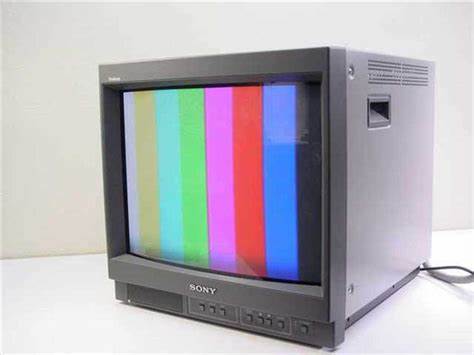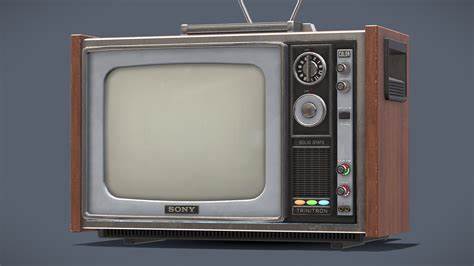
In the realm of display technology, the name “Sony Trinitron Monitor” stands tall as a legendary innovation that revolutionized the way we view and interact with visual content. The Trinitron series, introduced by Sony in the 1980s, marked a significant milestone in the world of monitors. In this article, we delve into the captivating journey of Sony Trinitron Monitor, its groundbreaking features, and its enduring impact on the computer display industry.
The Genesis of Sony Trinitron Monitor
The Trinitron technology was born out of Sony’s relentless pursuit of picture quality excellence. Introduced in 1968 for television displays, it wasn’t until the 1980s that Sony applied the Trinitron technology to computer monitors, giving birth to the Sony Trinitron Monitor series.
The Evolution of Trinitron Monitor Technology
Aperture Grille Innovation: The aperture grille, a key feature of Sony Trinitron Monitor, replaced the traditional shadow mask used in CRT monitors. This design allowed for greater electron beam precision, resulting in sharper images and improved color purity.
Catering to Computer Users: Sony Trinitron Monitor became a favorite choice for computer enthusiasts, graphic designers, and gamers. The monitors offered exceptional color reproduction and high refresh rates, making them ideal for various computing tasks.
Flat-Screen Advancements: As technology advanced, Sony transitioned from bulky CRT monitors to flat-screen CRT monitors. This shift provided users with a more space-efficient and aesthetically pleasing display solution.
The Trinitron Monitor Legacy
Quality and Reliability: Sony Trinitron Monitor gained a reputation for its superior picture quality, reliability, and longevity. Users trusted the Trinitron brand for its consistent and vibrant display performance.
Influence on Display Industry: Trinitron’s aperture grille technology set a new benchmark for CRT monitor quality. Its impact can be seen in the development of other high-end CRT monitors and the evolution of display technologies.
Transition to Flat Panels: While CRT monitors were dominant in the market for a long time, the rise of flat-panel LCD and LED monitors eventually led to the decline of CRT technology.
The legacy of it remains a significant chapter in the history of display technology. Its groundbreaking aperture grille innovation and commitment to quality positioned it as a leading choice for computer users seeking the best visual experience. While CRT monitors have given way to sleeker and more energy-efficient flat-panel displays, the impact of it on the industry cannot be understated. For those who experienced the brilliance of Trinitron monitors, the memories of its vibrant colors and crisp images will forever hold a special place in the hearts of technology enthusiasts and vintage technology collectors alike.


